Four funded PhD studentships in experimental and theoretical quantum physics are available to begin in October 2017. Click here to apply.
1) Optimal formation and imperfections with bright matter wave solitons for interferometry
This is a theoretical project which will consider bright matter wave solitons formed in clouds of attractively interacting Bose-Einstein condensed atoms. The aim is to consider how to optimise the soliton formation process, ending up with as nearly perfect and cold an initial bright matter wave soliton as possible. Another related line of inquiry is to investigate in detail the effect of higher diffraction orders in narrow attractive “barrier” potentials, which recent experimental and theoretical work at Durham suggests can lead to dramatic effects, in particular highly unexpected quantum reflection. There is also the possibility of investigating bright matter wave solitons in “zero area” Sagnac interferometers, with potential application in gravitational wave detection.
For more details contact Prof. S. Gardiner.
2) Quantum Degenerate Mixtures of Yb and Cs in Optical Lattices
The goal of this project is to produce ultracold and quantum degenerate mixtures of Yb and Cs with the ultimate aim of producing ultracold ground state YbCs molecules. The Yb-Cs system represents an as yet unstudied mixture in the field of ultracold atomic gases and many interesting challenges need to be addressed en route to the production of molecules. In parallel, there are many fascinating avenues that could be pursued using a mixture of quantum degenerate gases of Yb and Cs in optical lattices, including impurity/ polaron physics, miscibility and the dual-species Mott-insulator transition.
For more details cotact Prof. S. Cornish.
3) Solid state atomic physics in cuprous oxide
The goal of this project is to study highly-excited atom-like states in the semiconductor cuprous oxide. Such states, known as Rydberg excitons, consist of a bound state between an electron and a hole, and exhibit a series of sharp spectral lines. This joint project with Cardiff University aims to build on Durham world-leading work on quatum optics with Rydberg atoms to create new sources of quantum light in the solid state.
For more details contact Dr. Matt Jones.
4) Magnetic trapping, sympathetic cooling and laser cooling of molecules. A moving-trap Zeeman decelerator (MTZD) will be used to bring beams of cold molecules to a standstill so that they can be confined in a magnetic trap at temperatures around 20 milli Kelvin. Once trapped, the ultimate goal is to cool the molecules to ultracold, micro Kelvin temperatures by direct laser cooling and/or by sympathetic cooling with ultracold atoms. This will allow the fine control of elastic, inelastic and reactive atom-molecule collisions in the unexplored milli Kelvin to micro Kelvin range.
For more information contact Dr. D. Carty.
